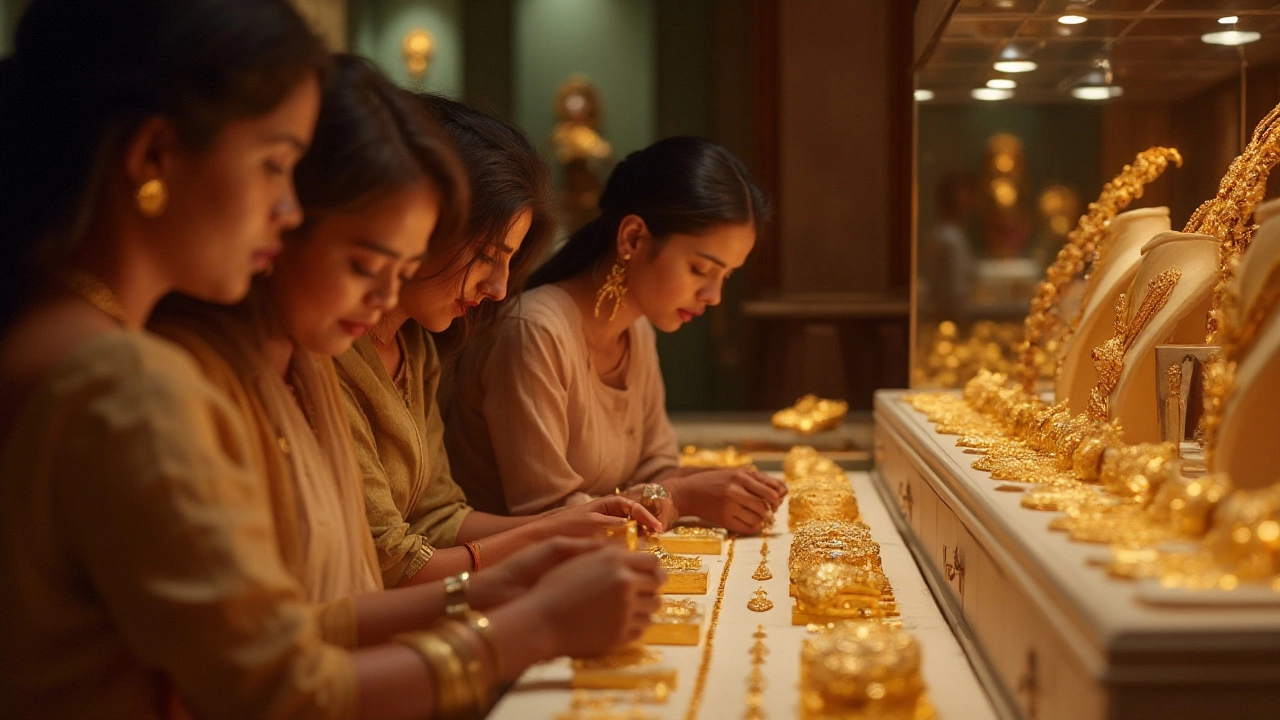Value Retention
When thinking about value retention, understand that value retention is the ability of an asset to keep its purchasing power over time. Also known as preservation of worth, it decides whether a piece of jewellery stays a treasure or becomes a tired trend. Below we break down the main factors that let your bling keep its sparkle in both your wardrobe and your wallet.
How Different Metals and Gems Affect Value Retention
First up, gold a noble metal celebrated for its rarity, malleability and timeless appeal forms the backbone of most high‑retention pieces. Purity matters: 22K or 24K gold (often marked 750 for 18K) signals a higher gold content, which translates to steadier price stability. Because gold prices move with global markets, a well‑purified bar or a one‑gram gold necklace tends to track inflation better than most fashion metals. In short, gold purity influences value retention, making it a go‑to asset for collectors.
Next, diamonds the hardest natural substance, prized for brilliance and rarity bring a different dynamic. Their value hinges on the 4Cs—carat, cut, color, clarity—plus market sentiment. While diamonds often hold value, price swings can be sharper than gold because of supply chain changes and consumer trends. That means diamond price volatility affects value retention, so buying certified stones from reputable dealers is a must for long‑term confidence.
Then there’s the broader concept of jewelry investment the practice of purchasing jewellery with the expectation of preserving or growing wealth. Smart investors look beyond just metal or stone; they weigh design relevance, brand heritage and craftsmanship. A classic chain from a storied house or a limited‑edition piece often outperforms generic trends. In this space, jewelry investment requires understanding of market trends and a keen eye for pieces that combine beauty with lasting demand.
Putting these pieces together, we see a clear pattern: value retention encompasses gold and diamond jewellery, relies on purity and certification, and rewards those who consider investment‑grade design. Whether you’re eyeing a 750‑marked 18K pendant or a VS1 clear diamond, checking hallmarks, certificates and brand reputation anchors your purchase in lasting worth.
Practical tips? Always verify the hallmark (e.g., 750 for 18K), ask for a GIA or IGI report for diamonds, and compare recent market data before buying. For gold, track the current per‑gram price and consider buying in small, easily tradable weights like one‑gram pieces. These steps help you gauge if a piece will hold its value when you decide to resell or simply keep it as an heirloom.
Now that you know which metals, gems and investment principles drive value retention, the articles below will dive deeper into each topic. From price comparisons between India and the USA to the best gold purity for daily wear, you’ll find actionable insights to make smarter jewellery choices that stand the test of time.
